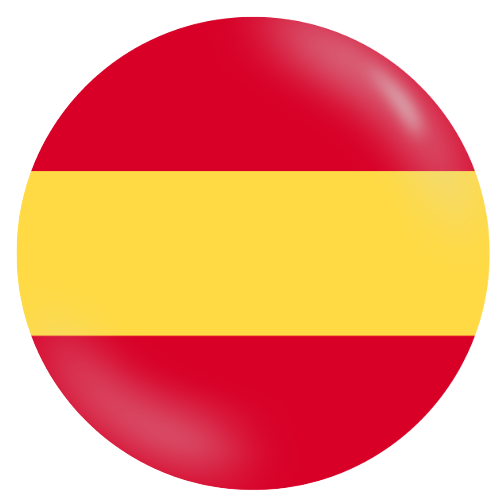ESTATE PLANNING
HOW TO PROTECT YOURSELF IN THE UNITED STATES? ENSURE YOUR PEACE OF MIND WITH ESSENTIAL LEGAL AGREEMENTS COMMON AND NECESSARY IN THIS COUNTRY.
1. Prenup (Prenuptial Agreement)
A prenuptial agreement (prenup) is a legal contract signed by a couple before marriage that defines how assets and debts will be divided in the event of divorce or death. It can also set terms for alimony and other financial matters. The agreement is made to protect the interests of both parties, avoiding future conflicts.
Example:
Before getting married, you and your fiancé sign a prenuptial agreement stating that the assets each of you already own before the marriage will remain separate, while assets acquired after the marriage will be equally divided in case of divorce.
2. Postnup (Postnuptial Agreement)
A postnuptial agreement (postnup) is similar to a prenuptial agreement but is made after the marriage. The goal is the same: to define the division of assets, debts, and financial responsibilities in the event of divorce or death. A postnup can be useful if financial circumstances change after the marriage or if the couple wants to establish new terms during the relationship.
Example:
A few years into the marriage, you and your spouse sign a postnuptial agreement that states if you separate, the house you bought together will be sold and the value split equally, while other assets will remain with their respective owners.
3. Power of Attorney
A power of attorney is a legal document that gives someone the authority to act on your behalf in legal or financial matters. It can be general or specific, depending on the powers granted.
Example:
You grant your daughter a power of attorney so that she can manage your financial affairs, such as paying bills and managing properties, in case you become incapacitated or unavailable.
4. Revocable Living Trust
A revocable living trust is a legal arrangement where assets are placed into a trust and managed by a trustee. The person creating the trust can revoke or change it at any time. It is often used to avoid probate.
Example:
You place your house and savings in a revocable living trust and name yourself as the trustee. If something happens to you, the successor trustee will manage the assets without going through probate.
5. Pour-Over Will
A pour-over will is a type of will used in conjunction with a revocable living trust. It ensures that any assets not included in the trust during your lifetime are automatically transferred to the trust upon your death.
Example:
You draft a pour-over will to ensure that any assets you forgot to include in your trust during your life are automatically transferred to the trust after your death.
6. Will
A will is a legal document that outlines how a person’s assets will be distributed after their death. It specifies who will inherit their property, who will be responsible for carrying out their wishes (the executor), and any other instructions regarding their estate.
7. Just-In-Case Instructions
These are detailed instructions left for loved ones or a trusted person in case of emergency or incapacitation. They typically include practical information like passwords, account access, and care preferences.
Example:
You prepare just-in-case instructions for your family, detailing how to access your bank accounts, insurance policies, and online accounts in case of an emergency.
8. Health Care Directive
A health care directive is a legal document that outlines your wishes regarding medical treatments if you are unable to make decisions. It usually includes a living will and the designation of a health care proxy.
Example:
You create a health care directive specifying that you do not want life support if you are in a coma with no chance of recovery, and you designate your spouse as your health care proxy.
9. End-of-Life Plan
An end-of-life plan is a document that outlines your preferences for medical care, funeral arrangements, and other personal matters near the end of life. It helps guide family members and caregivers when you are no longer able to communicate your wishes.
Example:
In your end-of-life plan, you specify that you want to be cremated and have a small family-only service, and you list the charities you would like donations to be made to in your memory.
10. Personal Care Profile
A personal care profile is a detailed document that outlines your daily care needs, personal preferences, and routines. It is used by caregivers to ensure consistent care based on your individual preferences.
Example:
Your personal care profile includes details about your daily routine, favorite meals, and medication schedule so your caregivers can provide care tailored to your needs.
Contact us and ensure the security of protecting your future and your family’s in the United States, guaranteeing your rights clearly and safely in any life situation.


